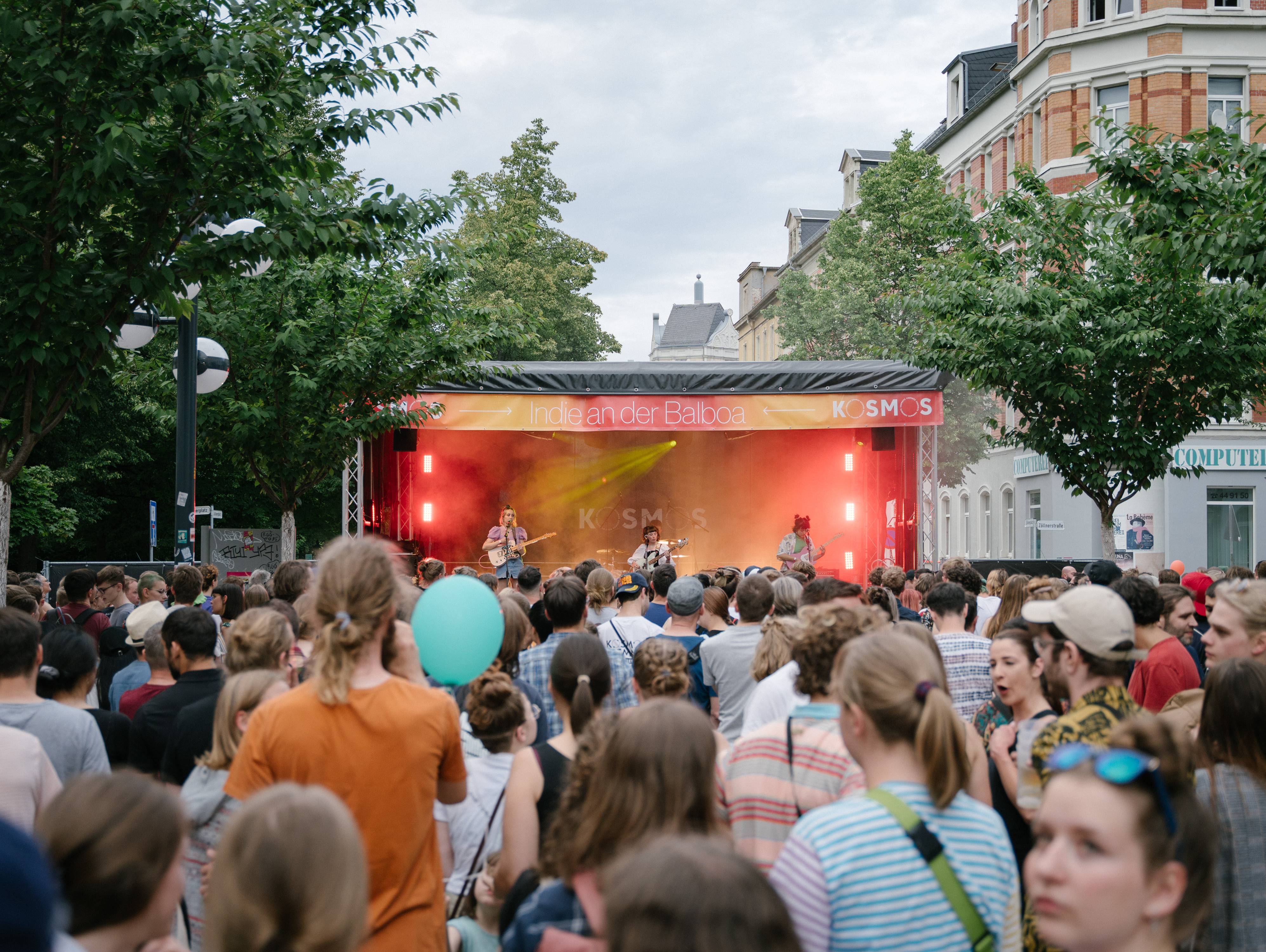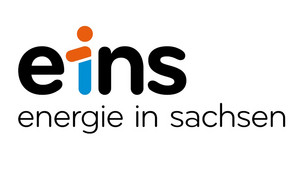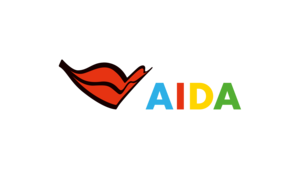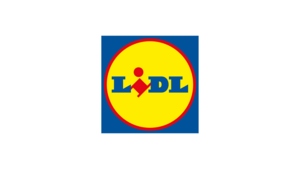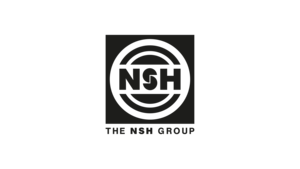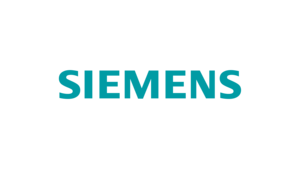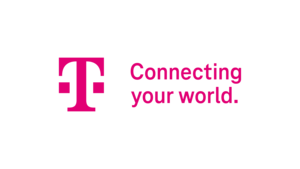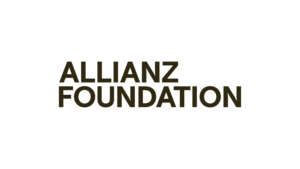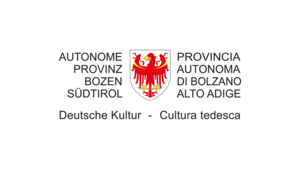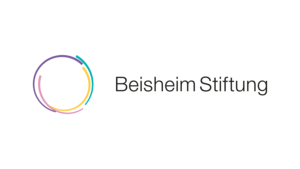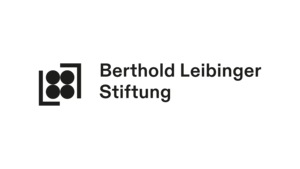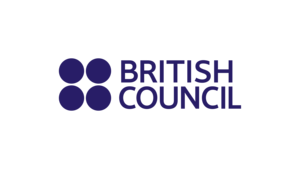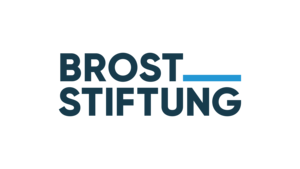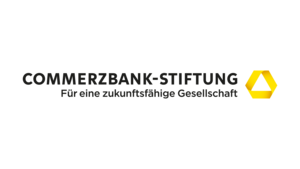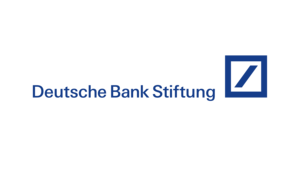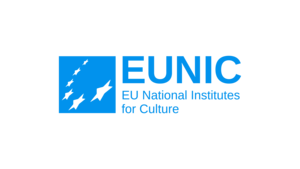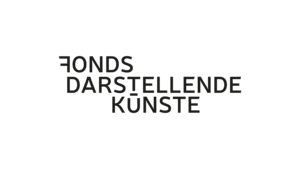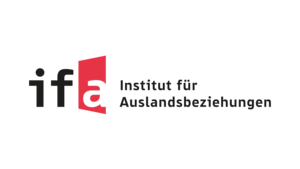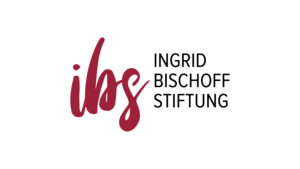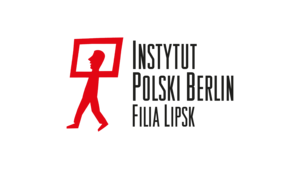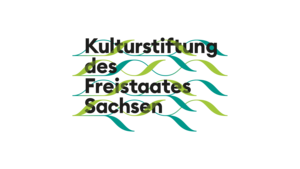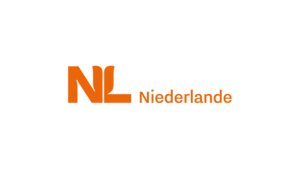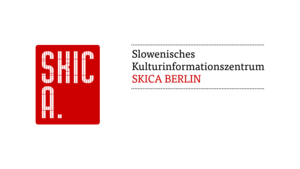We would particularly like to thank all those involved for these eventful months of preparation for our European Capital of Culture year 2025. Thank you for your passion, enthusiasm and good ideas.
In the following, we will take a look back at what has been going on this year. Because: the first works of art found their place in the cultural region, the European Capital of Culture Chemnitz 2025 GmbH moved into its new domicile, garages were mapped and progress is also being made with the intervention areas.
January was characterised by retrospectives, outlooks and insights. For example, Stefan Schmidtke, Managing Director of the European Capital of Culture Chemnitz 2025 GmbH programme, was interviewed in the Central Stops podcast, the conception phase in the Garage Campus was digitally completed and shop windows were lit up in Ehrenfriedersdorf.
February was certainly a difficult month for many people in Europe. After all, how do you deal with the fact that war is suddenly raging again - not so far away? How is this reflected in our culture? Is it even possible to "just get on with it"? Or should we? In the Capital of Culture context, hardly any projects took place this month.
The presentation of the next steps in the Capital of Culture process took place in March - for the first time in the premises of the new domicile of the GmbH, in the former Schmidtbank. Some micro-projects were also realised at the beginning of the year.
What is the norm? With this question in mind, the second public appearance of the flagship project "We Parapom" took place in April in light snowfall with apple tree plantings at Falkeplatz and SenVital. This month also saw the inauguration of the new market fountain as an intervention area and the start of a new round of tenders for the "Take a seat!" project.
The European Capital of Culture Chemnitz 2025 GmbH published its first job advertisements in May. In addition, the first events took place in the premises at Hartmannstraße 5, such as "Chemnitz reads" as a reminder and warning on the day of the book burning. There was a proper party at the Hat Festival in May and a street art workshop took place in the Garage Campus. Since May 2022, Andrea Pier has also been appointed Commercial Director of the European Capital of Culture Chemnitz 2025 GmbH.
A new round of micro-projects was announced in June - but that's not all! Over 100 students from Munich spent the night on the Spinnerei site to join the project managers from the European Capital of Culture Chemnitz 2025 GmbH in their search for garages. They then had to choose between high-wire acrobatics, a discussion forum, readings and really good music at Kosmos Chemnitz, which stopped off at the Schillerpark - Bahnhof - Brühl site on its way to Kosmos Europe in 2025. And the cultural region didn't miss out in June either: the eight maker hubs of the flagship project "Makers Business & Arts" were selected and presented!
July began with an artist talk organised by the flagship project "We Parapom". Afterwards, you could become an installation yourself and take part in the "Moving Garden" project. This in turn kicked off the "Makers United" maker fair. An exchange with other European Capitals of Culture also took place in this context. A delegation from Nova Gorica stayed a little longer and visited the cultural region, among other things. The first international breakfast organised by Freundeskreis Chemnitz 2025 e.V. also took place in July, and the decision on the "Take a Seat!" projects was announced.
What a start to August! The "Begehungen" festival took place for the first time in the cultural region, specifically in Thalheim, and this was also the occasion for the opening of the PURPLE PATH, also there, with the work "Include me out" by Friedrich Kunath. You could navigate your way through a Capital of Culture corn maze in Wittgensdorf and there were also job advertisements in the municipal economy in August.
Right at the beginning of September, it was worth taking a look eastwards. In Wrocław/Breslau, Chemnitz was represented as the European Capital of Culture 2025 at the Consulate General's Open Garden Day, then at the open government quarter in Dresden and a little later in the month at the summer festival of the Liaison Office of the Free State of Saxony in Prague. The second European Peace Ride also started in Wroclaw, Poland, and then travelled via Mladá Boleslav in the Czech Republic to finish at Sports United in Chemnitz on Brückenstraße. After the kick-off in August, further works of art and activities followed along the PURPLE PATH in September: the sculpture Stack by Tony Cragg followed in Aue-Bad Schlema, the work Petrified Wood Circle in the Jakobi Church in Chemnitz and Tanja Rochelmeyer's Glance at the railway station in Flöha. A grant for the region was also approved in September.
Two years after winning the title! In October, the open calls to complete the 2025 programme were presented and Chemnitz 2025 had a garage at the Day of German Unity in Erfurt. There was also a flag workshop along the PURPLE PATH, a European Sermon on the Mount and a model of the light sculpture Soul by Via Lewandowsky was installed in Burgstädt. At Pleißenbach in Altendorf, a walk along the intervention area was organised and in Neukirchen / Erzgebirge the 2nd Makers Day took place with raised bed building and fruit cake baking.
The opening of the Euba fairground in November marked the inauguration of the first "Public Spaces" intervention area. The PURPLE PATH project Engel und Bergmann was also launched and the bronze wild boars by Carl Emanuel Wolff were unveiled in Ehrenfriedersdorf. Internal workshops in some Maker Hubs brought clarity to topics and the first apple trees were planted in the town centre.
December was all about looking back and looking ahead. The second round of micro-projects came to a close and the jury is now meeting to select the winners at the beginning of next year. Around twenty people are now working at Chemnitz 2025 GmbH, the European Capital of Culture, and ten more will follow at the beginning of 2023. And things will continue in January with a musical project at the PURPLE PATH.
